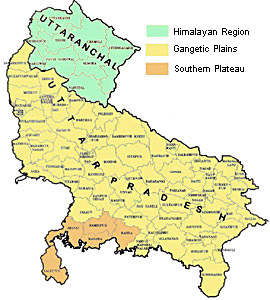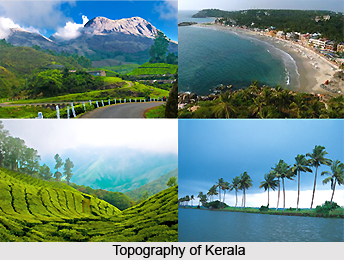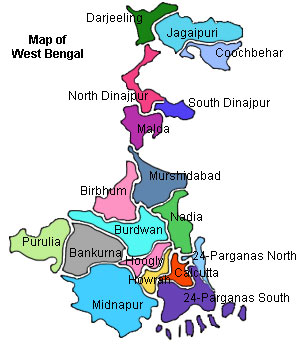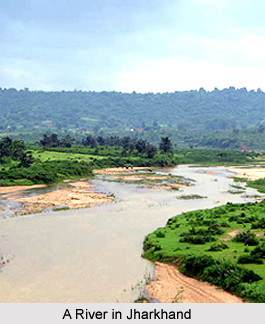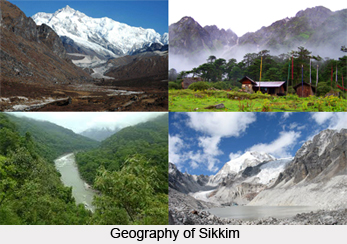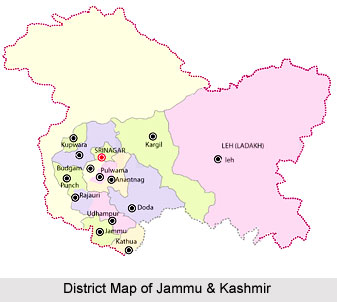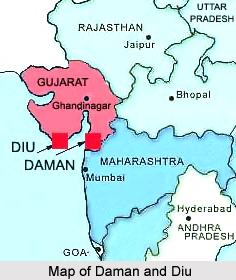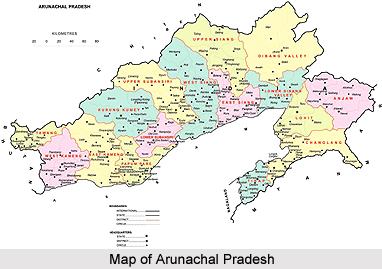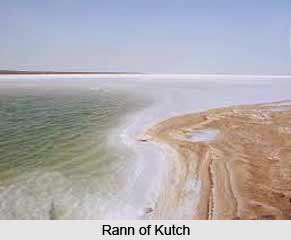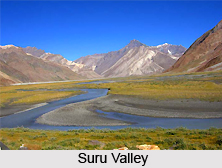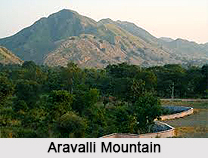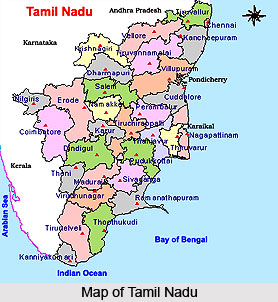Cholagangam Lake, at present known as Ponneri Lake, is a prominent water body situated within the vicinity of Gangaikonda Cholapuram in the Ariyalur District of Tamil Nadu, India. This historic lake owes its existence to Rajendra Chola I, a famous ruler of the Chola Dynasty in ancient India who meticulously crafted it to serve as a symbol of triumph and a vital source of water supply for the region. The lake`s renaming as Ponneri Lake highlights its significance within the local context and its enduring role in sustaining the surrounding communities.
History of Cholagangam Lake
Cholagangam Lake, with its rich historical significance, is deeply intertwined with the reign of Rajendra Chola I, a formidable ruler of the Chola Empire who governed from 1012 to 1044 AD. During his illustrious tenure, Rajendra Chola embarked on a momentous endeavor by establishing a new capital city known as Gangaikonda Cholapuram. It was within this newly founded capital that the iconic Cholagangam Lake was conceived.
Rajendra Chola`s reign was marked by remarkable military conquests in North India, where he achieved victory over several North Indian monarchs. As a symbolic representation of his triumphs, he undertook a unique initiative. He dispatched his forces to the sacred Ganges River, from where they collected Ganga water in golden basins. This sacred water was then ceremoniously blended into a vast man-made reservoir, subsequently christened as `Cholagangam Lake.`
To ensure a continuous water supply to Cholagangam Lake, a meticulously planned canal was constructed at a distance of sixty stones` throw from the Kollidam River. This canal served as a vital waterway, connecting the Kollidam River to Cholagangam Lake, ensuring the consistent replenishment of the reservoir.
Located approximately five kalas east of Kallanai on the Anbil - Chengaraiyur road, the headwaters of this crucial waterway were situated adjacent to Ariyur, on the northern bank of the Kollidam River. Although the passage of time has left its mark, with the remnants of the temple constructed in this vicinity now lying in ruins along the northern bank of the fort, Cholagangam Lake stands as an enduring symbol to the strategic vision and engineering prowess of Rajendra Chola I.
Features of Cholagangam Lake
Cholagangam Lake, characterized by its notable features, represents a significant water body within India`s historical landscape. Here are the key attributes that define this remarkable reservoir.
Size and Area: Cholagangam Lake, when at full capacity, spans an extensive area of approximately 130 square kilometers. This lake covers four panchayats namely Guruvalapar Kovil, Amanakan Thondi , Utkotai and Bichanur . The total catchment area is 2,811 square kilometers. The shore height is 35.280 meters and the maximum water level is 34,080 meters. Its considerable height underscores its capacity to hold a vast volume of water.
Bund Dimensions: The lake is encircled by a substantial bund, or embankment, which serves to contain its waters. This bund exhibits impressive dimensions, stretching for a length exceeding 5 kilometers. The total capacity of the lake is 0.3241 crore cubic meters. Registered Ayakadu lands are 1574 acres and unregistered lands comprise 1000 Acres.
Water Sources: Cholagangam Lake historically received water inputs from various sources, enhancing its importance as a reliable water reservoir. These sources included channels connected to both the Kollidam River and the Vellar River, contributing to the sustained replenishment of the lake.
Surplus Weir: In its earlier history, Cholagangam Lake featured a surplus weir, a structure designed to manage water levels and drainage. Kalingas were constructed to drain the water. Veeranam Lake was its drain. This engineering feature demonstrated the sophisticated water management practices employed during its creation and maintenance.
Notably, Cholagangam Lake is recognized as the largest ancient man-made lake in India. The lake"s size, coupled with its historical relevance, represents its enduring significance in the annals of Indian engineering and water management. The lake has not been dredged since 1957 and has suffered several encroachments.
